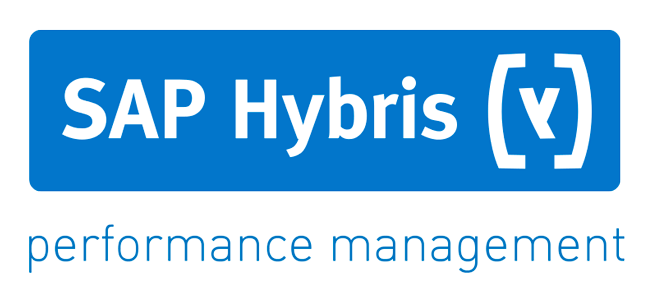
When the demand for IT talent exceeds supply…
Over the years, I have seen many different recruitment strategies, global trends, industry transformations, marketing messages, technologies, training and company initiatives… this is however, the first time in 18 years that I have seen the demand for IT talent exceed supply!
What is causing this? Several factors have come together to create the perfect “talent storm”, fewer IT graduates are coming through the system, the migration of IT skills/talent to other continents, technology innovation, a slow but steady change from Permanent employees to Freelance/Project work and an ageing workforce.
Globally, the working-age is on the decline, while the number of retirees is on the rise.
There are no real barriers, end clients, MSP`s, Vendors, Consultancies and recruiters alike are going to have to adapt & collaborate, open closed candidate pools and leverage Big Data to future proof and improve our industry. The days of simply hiring one person from an established PSL are over, solitary pools of candidates produce inconsistent results, a fruitful PSL today – may yield limited fruit tomorrow.
The global demand for IT talent and services is greater than local supply, 35 million people are currently seeking a new position in IT, whilst 58% of IT companies around the world report having difficulty filling their assignments, more than 8 in 10 (83 percent) executives say talent acquisition is important or very important (source: Deloitte – Human Capital Trends 2017).
The days of fulfilling the demand for talent without shaping it have passed.
The distance between available talent and needed skills, is becoming more than a gap, it’s closer to The Grand Canyon and it’s only going to get worse. Technology is intensifying the gap, helping to move supply and demand in opposite directions, creating asymmetric markets.
Even multinationals, companies that once relied heavily on expanding or contracting workforces to meet demand, now need to build a sustainable & competitive workforce, a workforce built from multiple sources globally, end to end recruitment by professional’s with up to date talent strategies.
With the onset of digital marketing, disruptive technological innovations, global efficiencies in migration, big data and social media, large talent pools have fractured into thousands of micro-networks, spread out globally across agencies, consultancies, local/international groups and hidden on internal databases. We do not live in a market of one, it is increasingly rare that talent lives and works in the same place. Technology allows talent to move more freely than before, from role to role, across organizational and geographical boundaries (source: TalentTechLabs).
The talent supply chain is global, demand is local and talent pools are confined.
There is an imbalance across the talent supply chain, imbalance should create pressure for innovation, change, supplier diversity and collaboration. Instead the net result is a potential explosion in the number of small to mid-size agencies, driving down margins & quality, tapping into a fractured globalised and un-coordinated search for talent!
Who wants to be a low-cost leader? Technology supports growth, innovation and as previously mentioned facilitates start-ups, but at what cost? We have an obligation to provide value that goes beyond a low-cost service offering, reduced margins and quick wins, we need to start raising human ability and connecting the talent supply chain, defining talent sourcing values and embrace old & new talent acquisition rules (source:Aberdeen Essentials – attracting the best).
A job is what a person does, not what a person provides in terms of skills and experiences, talent.
Developing an effective talent acquisition strategy isn’t easy, it’s a process that takes time and expertise as it relates to industry trends and talent dynamics (internally & externally), however only 15 percent of global business leaders surveyed this year believe their companies do an excellent job cultivating and monitoring long-term relationships with potential future talent (source: Deloitte).
The disruption of the talent supply chain is only just beginning, companies need to not only select a talent acquisition strategy (PSL`s, recruiters, direct sourcing, MSP`s, Partners, Consultancies / SI`s etc.), but also develop an understanding of current talent migration trends, disruptive technologies/strategies, an ageing workforce and fractured global talent networks.
Collectively, we need to stop cultivating islands of talent in a sea of demand and collaborate.
I might be able to help you (end clients, agencies, MSP`s, vendors or consultancies) review, recognise and value your current and/or future IT talent, ever-changing technology and globalised talent pools demand a more comprehensive, passionate & forward thinking approach.
Get in touch, email me on: leigh-jay@aspectresources.co.uk

